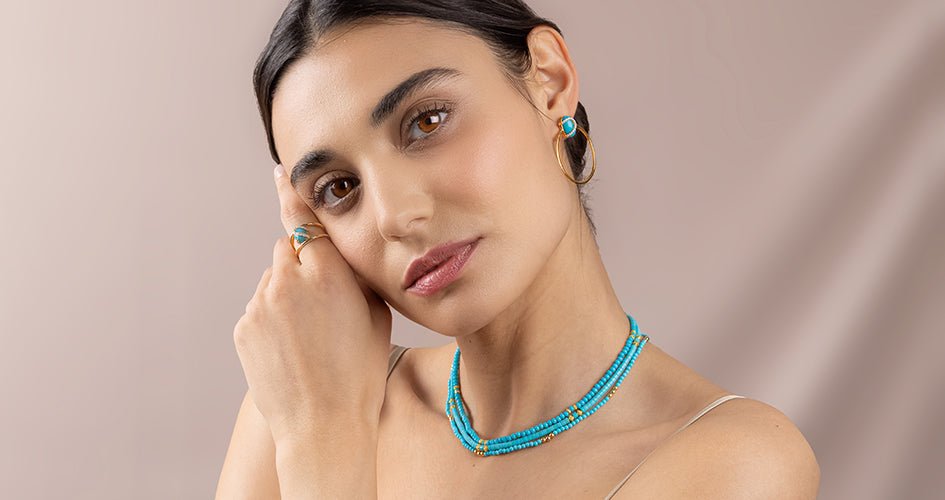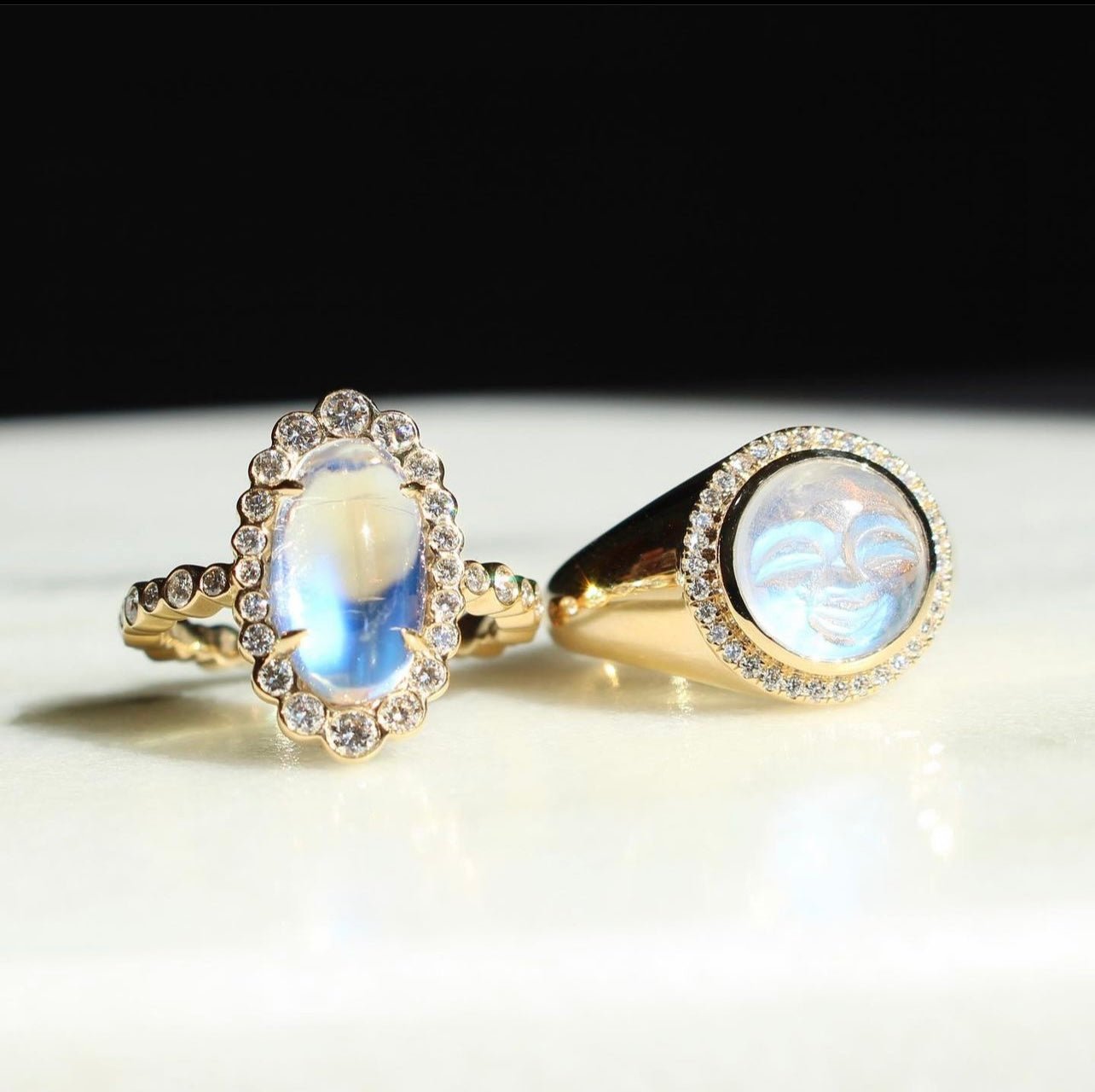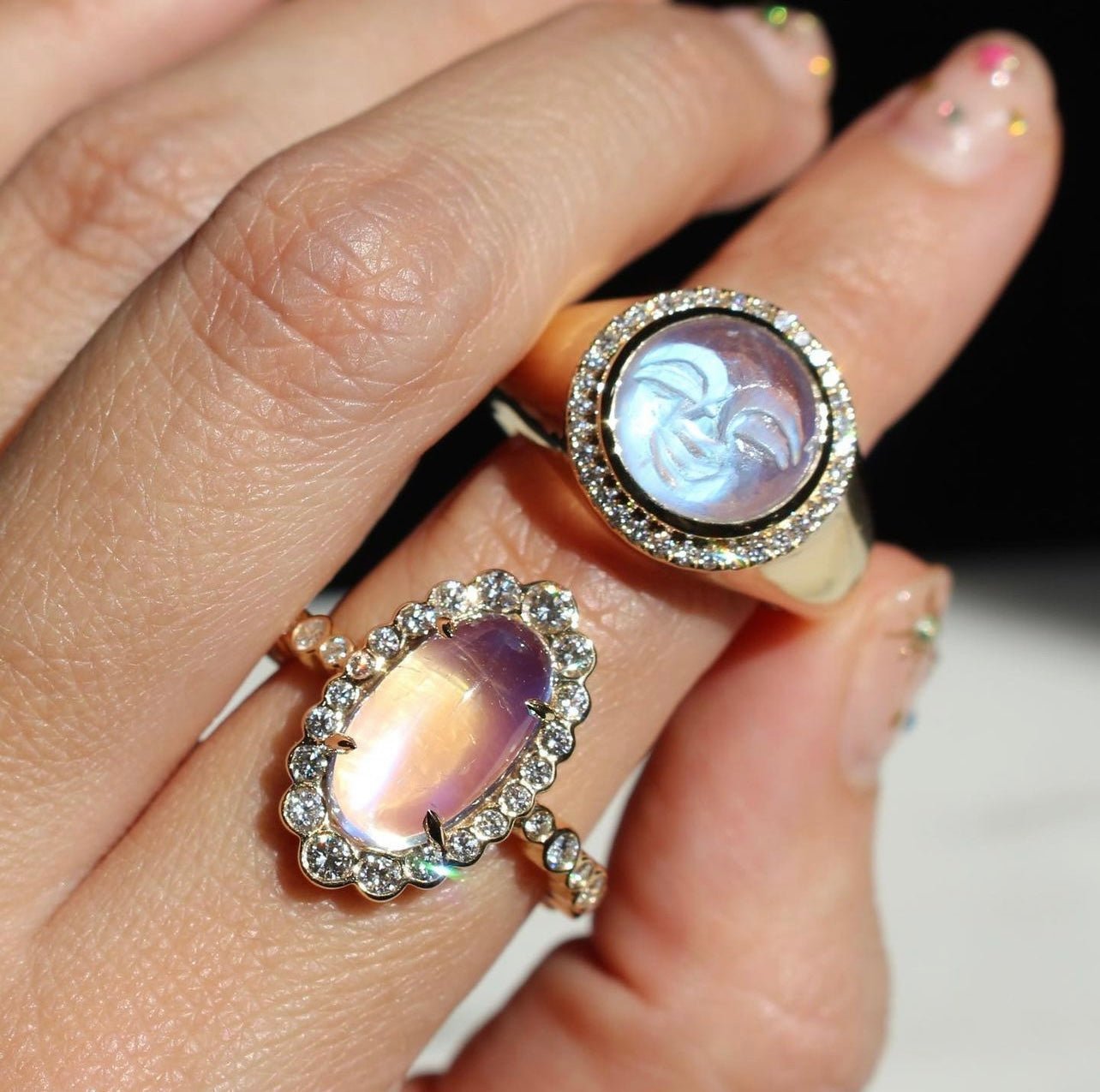When it comes to fine jewelry, the most important characteristic to consider is the quality of the gem being used. There are numerous ways to test a certain gem’s value, from laboratory analysis to visual checkpoints.
Turquoise is no exception to this rule. However, it can be slightly more difficult to weed out less valuable pieces of this December birthstone because it is so easy to emulate and also so well-known.
Fine gems like alexandrite are typically easier to differentiate based on their value when it comes down to how well they are able to change their hues in different lighting. While it may seem simple that turquoise is primarily judged based on its color saturation, this understanding can become complicated. The truth may be obscured by imitation blues that have been floating around jewelry communities for decades.
Here at Mark Henry Jewelry, we are committed to providing the highest quality turquoise based on the strictest standards. We know how important it is that we share these tools with consumers so they are aware of what they are buying so that everyone can have true pieces to treasure.
Here are some of our best tips and tricks for determining turquoise value:
Formation and Foundations
Turquoise is a combination of hydrated copper and aluminum phosphate, classified as a gemstone. Its chemical formula is CuAl6(PO4)4(OH)8·4H2O.
It occurs when aluminum, phosphorus, copper, and a source of water come together. Copper creates the blue hue, chromium and vanadium add green, and iron contributes yellow. Varying levels of each mineral can create incredibly different colors in the resulting gem.
Some of the basic properties shared by all turquoise include:
- Refractive Index: 1.590-1.650.
- Fracture: Uneven and conchoidal.
- Cleavage: Not found in usable, larger gems.
- Luminescence: Existent, greenish-yellow to blue in Long Waves and not moving in Short Waves and X-Rays.
- Transparency: Translucent to opaque.
Hardness of the gem can range anywhere from a consistency that resembles chalk to a five or six on the Mohs scale. Not only does this directly determine wearability, but it proves that turquoise is, in essence, a fairly soft material to work with.
The fact that it is generally very porous does not help the matter either and can interfere with jewelry making and maintenance of pieces.

Geography Matters
Turquoise derives from dry and arid climates. Elevations of about 3,000-8,5000 feet are the best place to look. This makes the Southwestern United States such a prime piece of realty for its mining. Additional sites for turquoise include Tibet, China, Egypt, Kazakhstan, Iran (also known as Persia), and Mexico.
Ancient Uses
Recognizing how long turquoise has been in use throughout the world paints a more accurate picture when considering its value. The longer any material has been mined and used, the more depleted its supply has become. The earliest documented mining of turquoise in Ancient Egypt occurred around 3,000 BCE.
Medieval Europe used the gem thanks to a gift from the Persians, who set an example of placing it in gold which is still quite popular today. Mesopotamia even recorded the use of turquoise! Inlays for murals and beads for jewelry were some of the most common uses.
Variations in Value
Naturally, different colors and properties exist throughout universal materials based on location. For example, Persian grade turquoise is the most valuable, the classic “robin’s egg blue” color, because it has trace vanadium and no iron.
In the United States, the closest to Persian grade available was found in Arizona’s Sleeping Beauty Mine. Although this mine has since been closed as a turquoise site, Mark Henry Jewelry has accessed their supply, and we utilize it in our own collections for the most luxurious and rare gems available.

Metrics of Worth
Particular measurements of value for turquoise abide mostly by the general gemstone standards: the four Cs. These include color, clarity, cut, and carats. Along with these, rarity and level of quality are overarching themes. For turquoise specifically, texture and occurrence of matrix are defining factors.
Color
As we touched upon briefly before, the most valuable hue of turquoise is a very pure blue, likened to the color of a robin’s egg or even the sky. Any turquoise that has more of a green tint overall is automatically lowered on the rungs of value. However, some modern jewelers find this tone unique and seek it out. In a similar fashion to a yellow piece, inherently, the price decreases.
In terms of how opaque the gem is, this is less considered than the saturation or purity of hue. The same goes for how big the piece is in carats.
Can It Withstand Use?
Due to how weak most occurrences of turquoise are, the higher it hits on the Mohs scale, the higher its general value becomes. Of the hard, natural turquoise that is considered the elite of its kind, subsections of high grade and gem grade can help you break down value even more.
The ability of a piece of turquoise to be polished without stabilization is a testament to its quality, especially if it's going to be used for jewelry purposes. You’re more likely to see fine turquoise utilized in cabochon cuts and smoothed down, while turquoise that is less valuable than can be shaped into nuggets.
To Matrix or Not To Matrix
Matrix is a term used to describe remnants of the rock that turquoise grew within, often leftover from when pieces of the gem were too small to be mined as one large, cohesive chunk.
For turquoise, matrix is valued by some communities (Native Americans favor its inclusion) because it adds pops of greys or blacks that can nicely contrast the gem’s base color.
Matrix can occur as bigger, dark patches or very thin veins that run throughout a piece, referred to as Spiderwebs. These can be quite interesting for design purposes, which is why those seeking less-than high-value turquoise may choose to keep them.
Since color is so important, how even it is throughout a certain gem is also highly regarded as a marker of value. Matrix can get in the way of an all-over tone and look.
Modified Turquoise
Gemologists and miners alike believe that over 90% of turquoise being traded and sold is modified in some way. This is why high-grade pieces are so expensive, often three times the cost of gold, and worth the investment.
Just like we craft our jewelry with gems from a now-closed mine, most real turquoise that you can find on the market has been in circulation since the 1960s and 1970s.
Synthetic Types
In 1972, the Pierre Gilson Company became the first business to create and market synthetic turquoise. Since then, the pieces have shot into popularity for their low price and easily customizable look. Matrix, a natural occurrence, could now be chosen.
Even though these pieces are definitely fake and therefore less valuable, they can be deceiving to the naked eye due to their brilliant Persian blues. When placed under a microscope, the textured surface of the gem is revealed.
In a similar way, you can be duped into thinking a piece is a natural gem when it is in fact just using the name “turquoise,” which is also defined as the color robin’s egg blue. Imitation pieces can be made from glass, ceramic, and even plastic.
Blue dye can be applied to minerals like hoplite, which is naturally white and has gray veins that mimic matrix. They technically do not need to be labeled as synthetic gems, so it is best to always ask if you are suspicious.
Enhancements
Another way that turquoise can be devalued is when the raw material (which likely did not hold up to high-quality standards in the first place) is fixed through methods like stabilization or color correction. Since turquoise is so sensitive, something as minimal as oil from the skin can cause saturation to decrease. Due to this, color enhancement is often used to make sales and can be done quickly with a paraffin wax seal.
Stabilization can be performed on any gem that is considered below high-grade quality, and the process includes infusing wax or epoxy resin by means of pressure. If the pieces of turquoise are too small or too porous, they can be stabilized by being pushed together with resin.
Brilliant Blues
When shopping for turquoise jewelry, it is always best to keep in mind the who, what, where, and why of the company you are purchasing from. What are their morals? Where do they mine?
At Mark Henry Jewelry, we are transparent and honest when it comes to the entire process of creating our jewelry, and we strive to work with top-quality materials in only ethical and sustainable ways.

Our turquoise pieces reflect true value, and so do their prices. Understanding just how these rare Sleeping Beauty Mine gems are literally and metaphorically cuts above the rest can help you determine if you’re ready to invest in your perfect match.
In buying a piece of fine turquoise jewelry, you are preserving its history.
Sources:
Turquoise Quality Factors | Different Types & Colors of Turquoise | GIA
Green or Blue? The Best Turquoise Is More Valuable Than Diamonds | How Stuff Works
Turquoise Value, Price, and Jewelry Information | Gem Society



I found this rock that I think is turquoise I found it in the eel River in fortuna California would like to know if it’s turquoise or not I have pics I can send don’t know now to send pic on herre